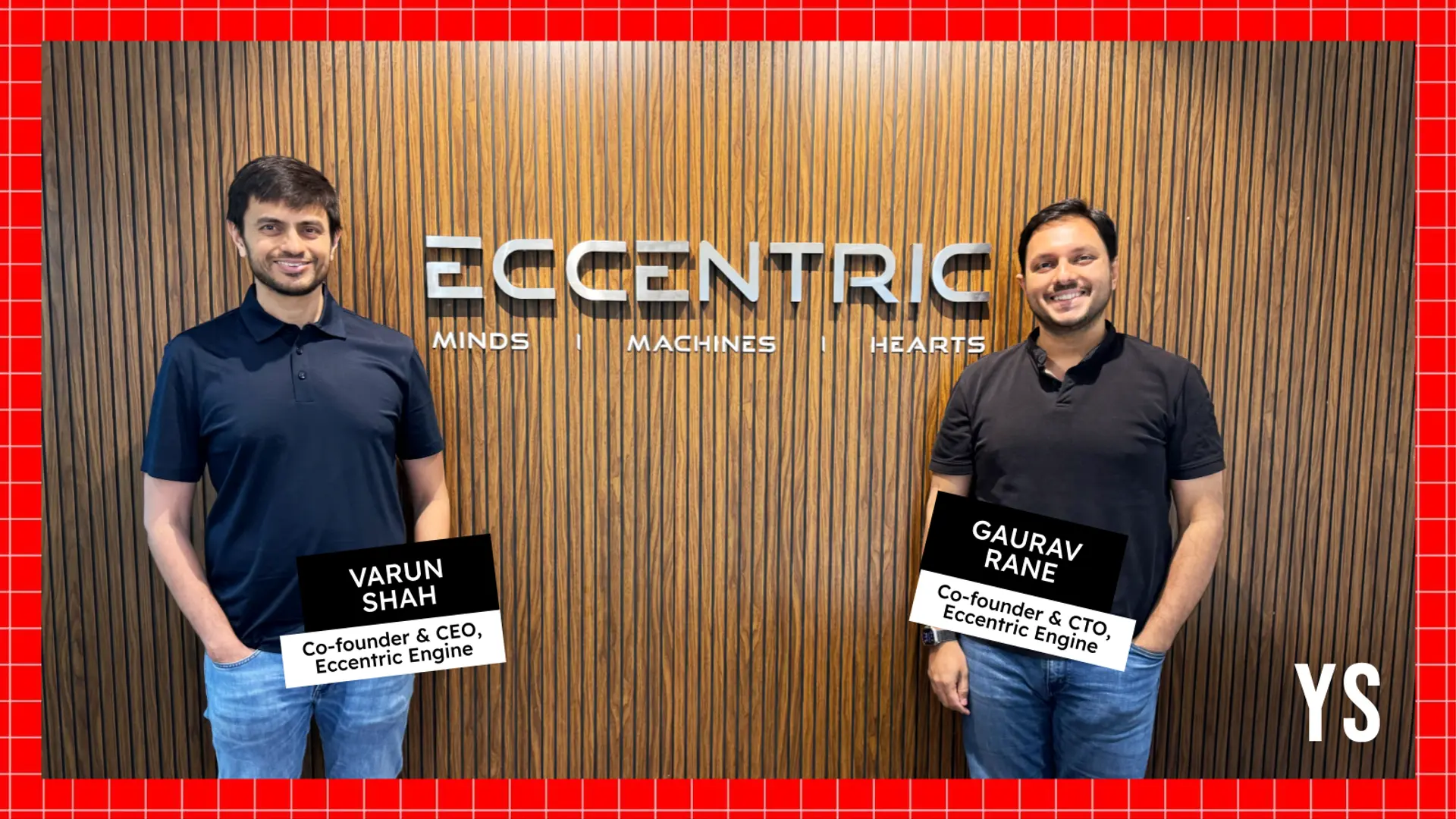How consumer-driven marketing can increase reach
Convergence marketing ensures that brands use every tool at their disposal including information technology, design and advertising to build an integrated, interactive, consistent, and engaging relationship with their target audience across all media channels.
Good marketers have always understood that the brand or the product is not actually at the centre of a great marketing strategy. Marketing is only about the consumers.
A successful marketing strategy considers consumer-centric elements in their approach, like who is the product/service designed for and who the brand wants to create a relationship with and target the highest profit returns.
Established brands have learnt the one lesson that’s most important in building the brand – it’s not about the brand at all. Great brands are focused on catering to consumers and being obsessed about their needs, desires and opinions rather than themselves.
Being consumer-obsessed is important because it not only helps raise awareness but also earns you brand loyalty and advocacy.
Take the luxury hotel brand Ritz-Carlton as an example which is touted for its world-class service, and envied for the brand that they have created. They earned them a consistently high score in the NPS measurement of the hotel industry by obsessing over the consumer.
This concept of focusing all your energies in the direction of the consumer is called convergence marketing. It’s extremely user-driven and consistent about keeping the audience at the centre of the marketing strategy.
Convergence marketing ensures that brands use every tool at their disposal including information technology, design and advertising to build an integrated, interactive, consistent, and engaging relationship with their target audience across all media channels.
With digitisation, businesses can no longer use advertisements on television as the only medium of communicating with consumers. The intrinsic way in which the audience consumes information and their subsequent purchasing behaviour has changed. There is a tactical shift in audience practices as the new generation of consumers are more pragmatic and value real experiences over well-crafted propaganda.
Consumers today are discerning and thorough in their approach to buy products/services or engaging with brands. Through social media, websites, blogs, video-sharing platforms and discussion forums, they have a lot of information sources at their perusal which they use to find communication that they can trust and can inspire them to invest in a brand.
In an ever-expanding market, occupying space in categories and establishing themselves faster than ever, convergence marketing strategies allow these brands to develop a personal relationship with the consumers.
The core principle of effective communication dictates that a brand’s message should be accessible, easily understandable, and extremely clear.
Marketing professionals need to constantly invent and reinvent ways to build a relationship with their audience. And as brands strive to remain relevant, aspiring marketers must grasp the importance of authentic and meaningful content because that's what the new generation of consumers respond to.
Depending on the brand’s objectives, here are a few marketing tools brands can use to drive growth by keeping their consumer at the centre of everything:
Brand partnerships
Join forces with other brands in different categories that stand for the same cause and are highly trusted by your target consumer group to provide incremental value to your users and further your brand purpose.
When you partner with brands that your consumer already believes in, you can build trust by association as well as gain acceptance from the consumers while creating a buzz for both brands.
The partnership between taxi and delivery app Uber and music streaming service Spotify was a great example of a successful partnership. By linking a customer’s Spotify and Uber accounts, this partnership offered a personalisation element to Uber’s customers as well as allowed Spotify to acquire new paid users, and build brand loyalty for both by amplifying the consumer experience through a combined service.
Influencer-led outreach
The objective is to work with influencers with who, your audiences engage regularly. Audiences no longer trust brands promoted by big-name celebrities who have no real-world knowledge or experience with the brand or its products.
By using influencers who are established as experts in the field or at least can be trusted to give authentic opinions, brands can remain relevant and help build authority in the desired spectrum.
This also personalises your brand’s message for their community and makes it easier for them to accept it.
Let’s consider the example of the automobile manufacturer Škoda who connected with popular YouTube influencer Beer Biceps to promote their latest SUV. The video garnered almost two million views and the influencer managed to promote the car and explain all its features convincingly and in an organic manner, which made everything he was saying believable for his audience.
Social media
Social media isn't merely a stage for your brand’s content and products but also a great platform to connect with your consumers and gain their feedback in real-time.
Additionally, it is a medium for identifying popular trends and engaging in mainstream conversations. There should be a constant stream of the campaign and brand-related content as well as interactions with consumers and commentary on social issues that make the brand’s networking handles more human and relatable.
A brand that has an excellent social media strategy is Airbnb. Their social media pages resemble a travel blog with content generated by their hosts and guests themselves. They attract followers with visually compelling and real photos of the culture and life of places all over the world where they provide accommodation. This is a great way to think outside the box and connect with people as evident by their engagement metrics which are one of the highest of any brand in their sector.
Event/offline connect
Events and offline experiences are a great way for brands to build an offline presence to showcase their products to their prospective users. They are a brand’s way of associating themselves with sponsors and other brands that promote the brand’s mission or values. By extending the brand’s presence in the real world, brands can take the consumer experience and connection to a different degree.
One of the most successful offline brand experiences is Disney’s worldwide theme parks. The destination brand uses a combination of nostalgia and popular trends to create a unique experience for customers which keeps them coming back.
Creating disruption
Disruptive marketing is about doing something that’s never been done before but with the spirit of providing your consumers with an experience that they did not expect or could not have experienced otherwise.
It is the best way to gain a lot of attention in the shortest amount of time and establish or maintain a brand’s awareness. This is the ultimate test for marketers as no two ideas can be the same and brands get the chance to display their creativity.
Using word-of-mouth
One of the most effective tools of convergence marketing is using word-of-mouth to lend authenticity to your brand by giving a voice to content creators and real consumers of the brand who can act as a reliable source of information for other consumers.
Digital presence through attribution models
Attribution models assess the ROI of different channels that introduce them to potential users. There are a lot of different ways that the customers can discover your brand’s products or services.
By creating a strong and unmistakable presence through digital ads on different platforms like Amazon, YouTube or Instagram, and Google, brands can increase their reach and attract new consumers. Brands need to analyse the value of each platform and weigh the investment against potential ROI when making decisions about how many digital ads they want to purchase and where.
Edited by Kanishk Singh
(Disclaimer: The views and opinions expressed in this article are those of the author and do not necessarily reflect the views of YourStory.)








